Ampersand by KW Mak | The Nut Graph
In my research into the issue, I have found evidence to show that leasehold titles in these areas may very well be invalid, and property owners of PJ may actually be entitled to freehold titles.
Various complications could arise if PJ property owners were to insist that their homes are on freehold land, but these have to be dealt with in another article. As far as this article is concerned, I will look at historical evidence that suggests that parts of old PJ have always been privately owned land, and should therefore be under freehold titles.
Wrong land titles?
Petaling Jaya was founded in 19531 under British rule, with houses built and sold to the pioneer residents at prices ranging from $2,500 to $25,000. The town status was officially formalised in the Federation of Malaya Gazette dated 7 April 1955.2
This gazette, which lists the lot numbers, corresponds with the lot numbers found in a survey map of the area, which shows the land being owned by one Petaling Estate.3
Since the whole area was private land under the ownership of Petaling Estate, and was subsequently sold to the pioneers, should not the land titles be freehold? Yet, leasehold titles were issued for many of the houses in Section 1 through 4 of PJ.
In order for it to rightfully issue leasehold titles, the state government would have had to own the land before leasing it to buyers. That could only have happened if the government had bought the land from the pioneer residents of PJ back in the 1950s and 1960s to make it “state land”. But this did not happen.
Further, the leasehold titles that the Selangor government issued contain anomalies. For one, some of the titles were issued under the National Land Code, with the date of issue listed between 1962 and 1967.4 However, the National Land Code was only gazetted in 1965. What then of the titles that were issued before this year? I would say that many of these titles are suspect.
What went wrong?
Recall that the privately owned land was sold to pioneers in 1953, and subsequently gazetted as the town of Petaling Jaya under the administration of Kuala Lumpur in 1955.
The gazetting of PJ was done under Section 6 of Land Code Cap 138. This Code, or Cap 138, was the law for land matters up until the National Land Code was enacted.
Under the rules prescribed in Cap 138, when a town is declared over an area, the land titles must be amalgamated and subdivided according to the town plan. This means that all the land lot numbers that were shown in the survey plan of Petaling Estate would have to be combined to form one huge PJ town. The individual plots of land that pioneers bought would have to be subdivided and given new lot numbers. In other words, the land lots of the newly gazetted town would have to be redrawn and redivided.
The job of assigning lot numbers and surveying the individual pieces of land was to be done by the director of survey. Only after this exercise was completed could the final titles be issued.
The actual development and sale of the houses to PJ’s pioneer residents happened faster than the British government could cope with at the time, as shown in a letter dated 19 Oct 1955.5 In this letter, the then Kuala Lumpur district officer admitted that it was a formidable task to survey Petaling Jaya. Surveys were done for some areas, as shown in survey plans from 1956.6
With such a short time to go before Malaya would achieve independence, the British-controlled government could not complete the land survey before the independent Malayan government took over.
What happened post-independence is speculation, but clearly the job of issuing final freehold titles to the pioneers of PJ was not done.
Old law still applies
Since all this happened so long ago under different regulations and a different government, can the law then – the Land Code Cap 138 – still be applied, and can it be used to correct the mistake made?
Section 4(1) of the newer law, the National Land Code 1965, states: “Nothing in this Act shall affect the past operation of, or anything done under, any previous land law or, so far as they relate to land, the provisions of any other law passed before the commencement of this Act.”
Therefore, Cap 138, the law that was used to produce the land titles, is still applicable when it comes to correcting a wrong.
To the argument that there is a statute of limitation on the liability of the state government or to correct the wrong that was done, Section 43 of Cap 138 states that there is no limitation by any law on matters pertaining to land.
This argument is further strengthened by Section 341 of the National Land Code, which states: “Adverse possession of land for any length of time whatsoever shall not constitute a bar to the bringing of any action for the recovery thereof by the proprietor or any person or body entitled to an interest therein, and accordingly, the Limitation Act 1953, shall in no circumstances operate to extinguish any title to, or interest in, land.”
What should be done
This report was compiled over a period of almost two years, but it is by no means complete, as there are many other supportive evidences and arguments that I have not included to ensure brevity.
But what I have presented is enough for now to show that some land titles in Petaling Jaya have been wrongly issued, and some might not even be valid. In short, some landowners have long been denied their dues.
The right thing to do would be for the state government to finish the survey started by the British, and issue the final freehold titles according to that survey.

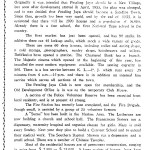
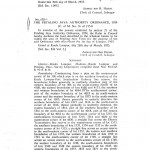
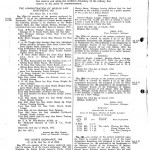
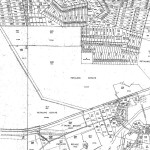
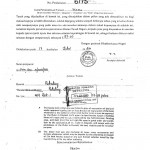
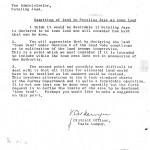
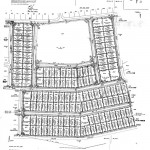
No comments:
Post a Comment